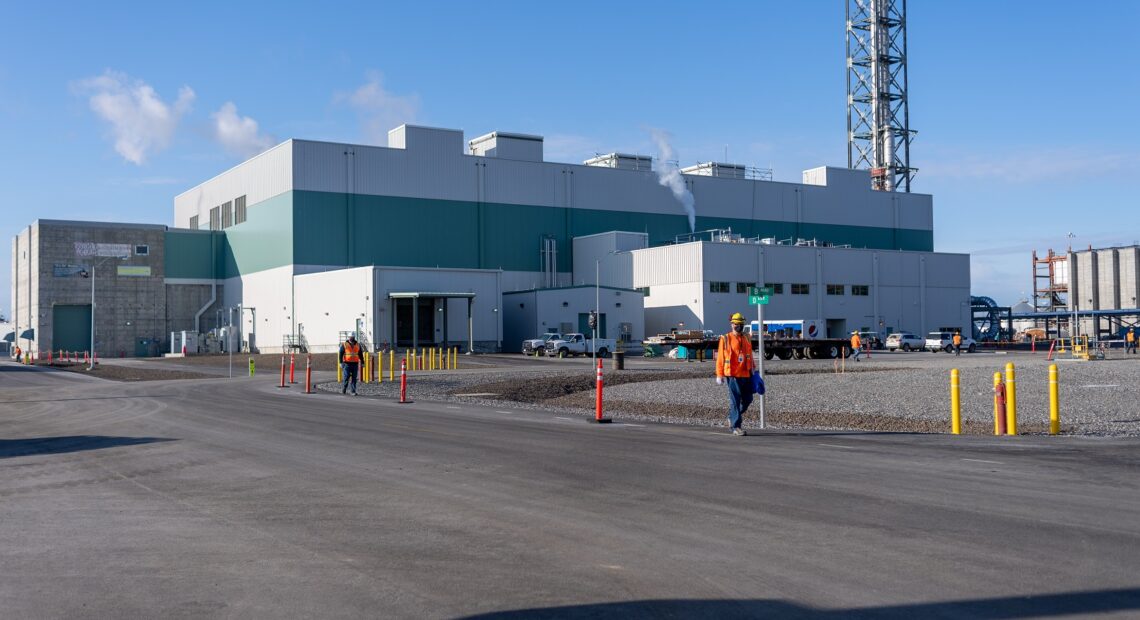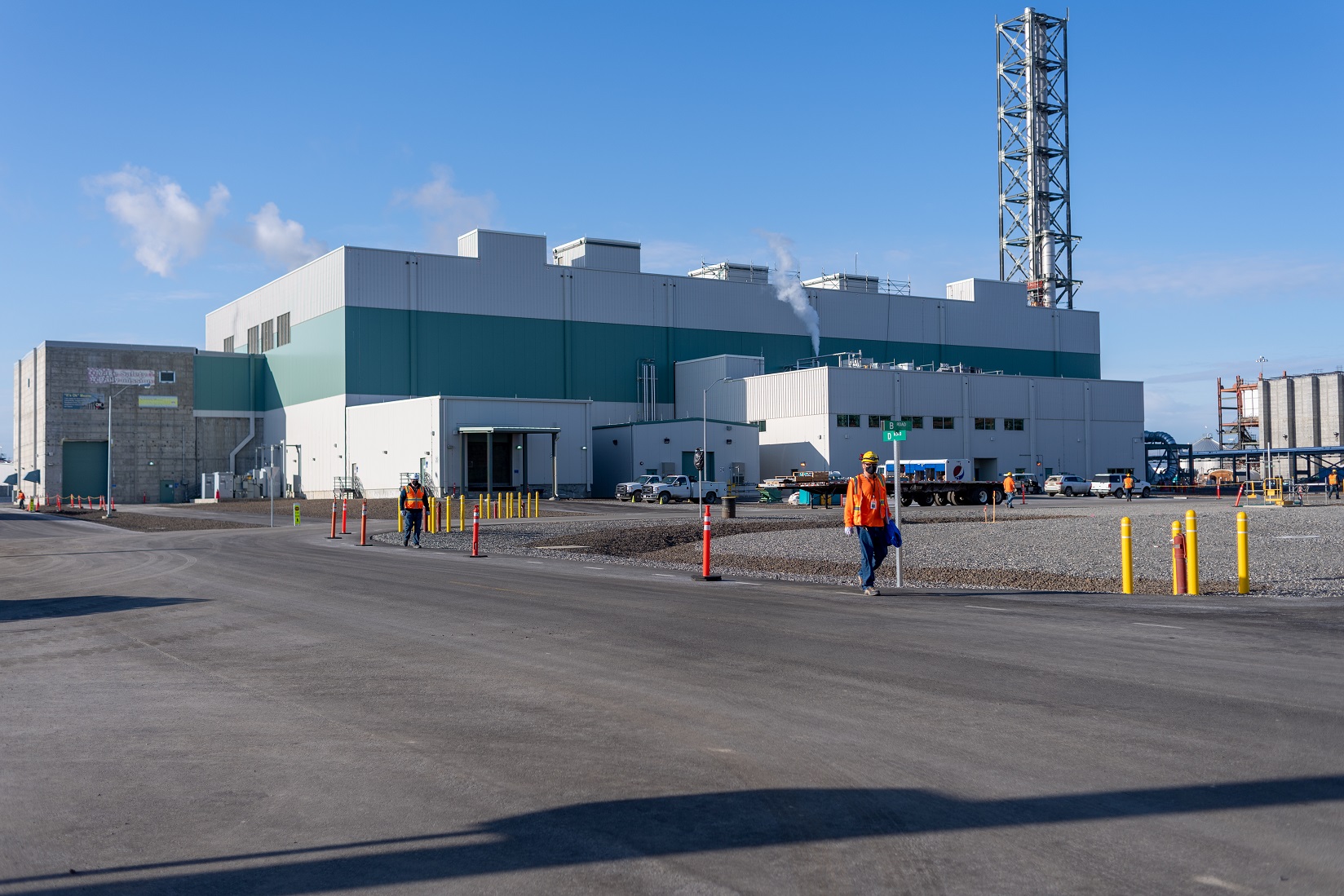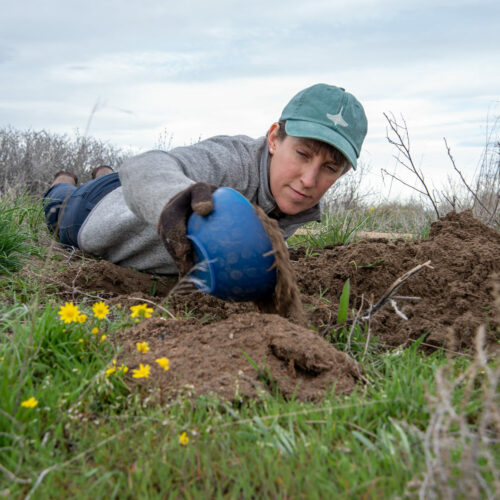
New vitrification plant ‘crucial step’ to removing toxic waste at Hanford
Listen
The world’s largest melter, designed to solidify nuclear waste, is now up and running at the Hanford site. Correspondent Lauren Paterson has more.
(Runtime :52)
Read
The Department of Energy contracted with Bechtel National, and construction on the vitrification plant has been 20 years in the making.
Suzanne Dahl is the section manager of Tank Waste Treatment at the Washington State Department of Ecology. She says transforming the liquid nuclear waste into glass will make it easier to store.”You know, as the waste sits in the tanks, right now, it has the potential to leak to the ground or to get out of those tanks,” said Dahl. “And so getting it solidified and immobilized in a good way is what’s going to protect the environment, and human health as well.”
The new plant is designed to process low activity waste, meaning waste with lower radiation levels. Construction is currently underway on an additional plant to process high activity waste, or waste with higher radiation levels.
During processing, the waste is heated to 2100 degrees Fahrenheit. From there, it’s poured into stainless steel containers and allowed to cool and harden so it can be stored.
The facility is being tested this year, and is scheduled to start converting nuclear waste in September 2023.
















